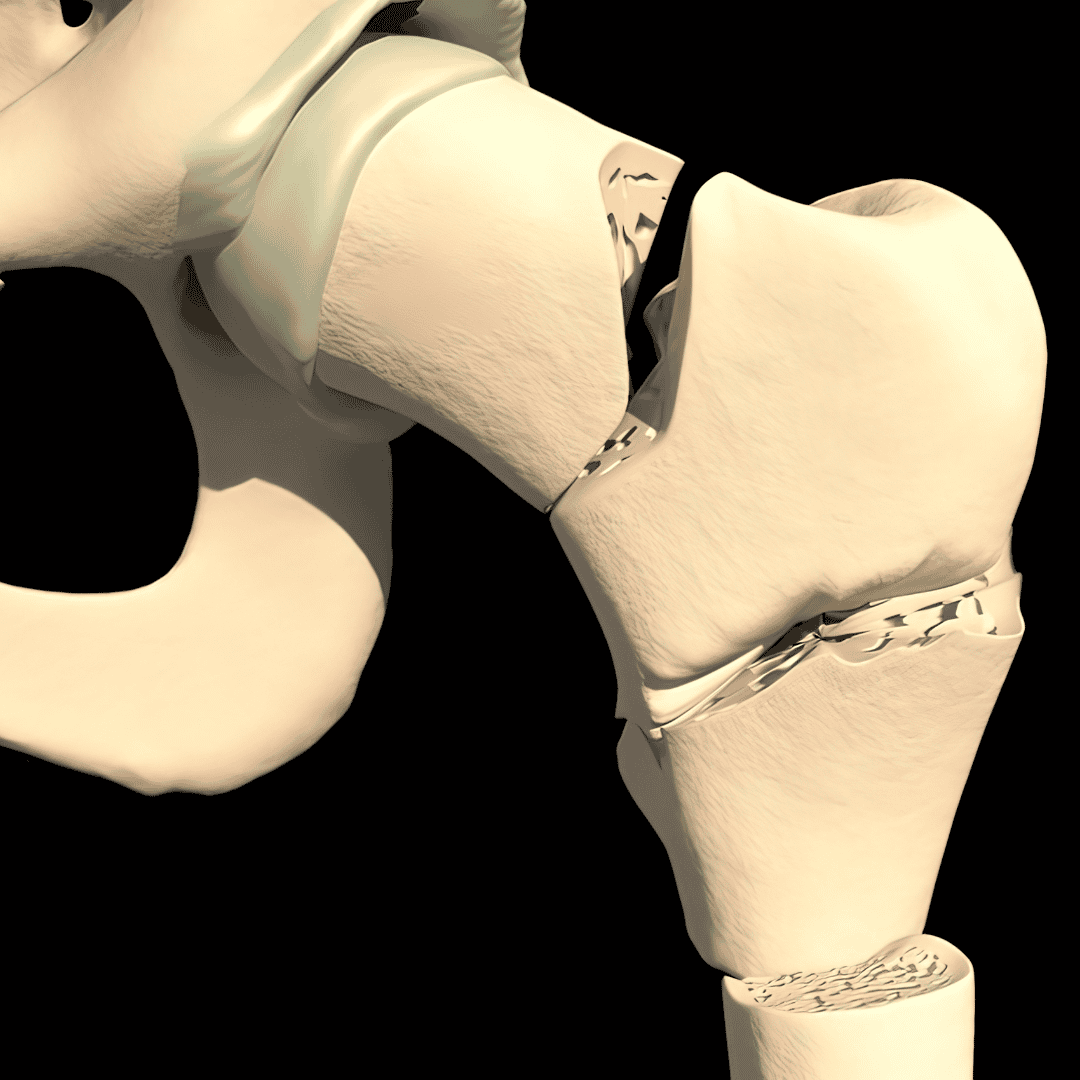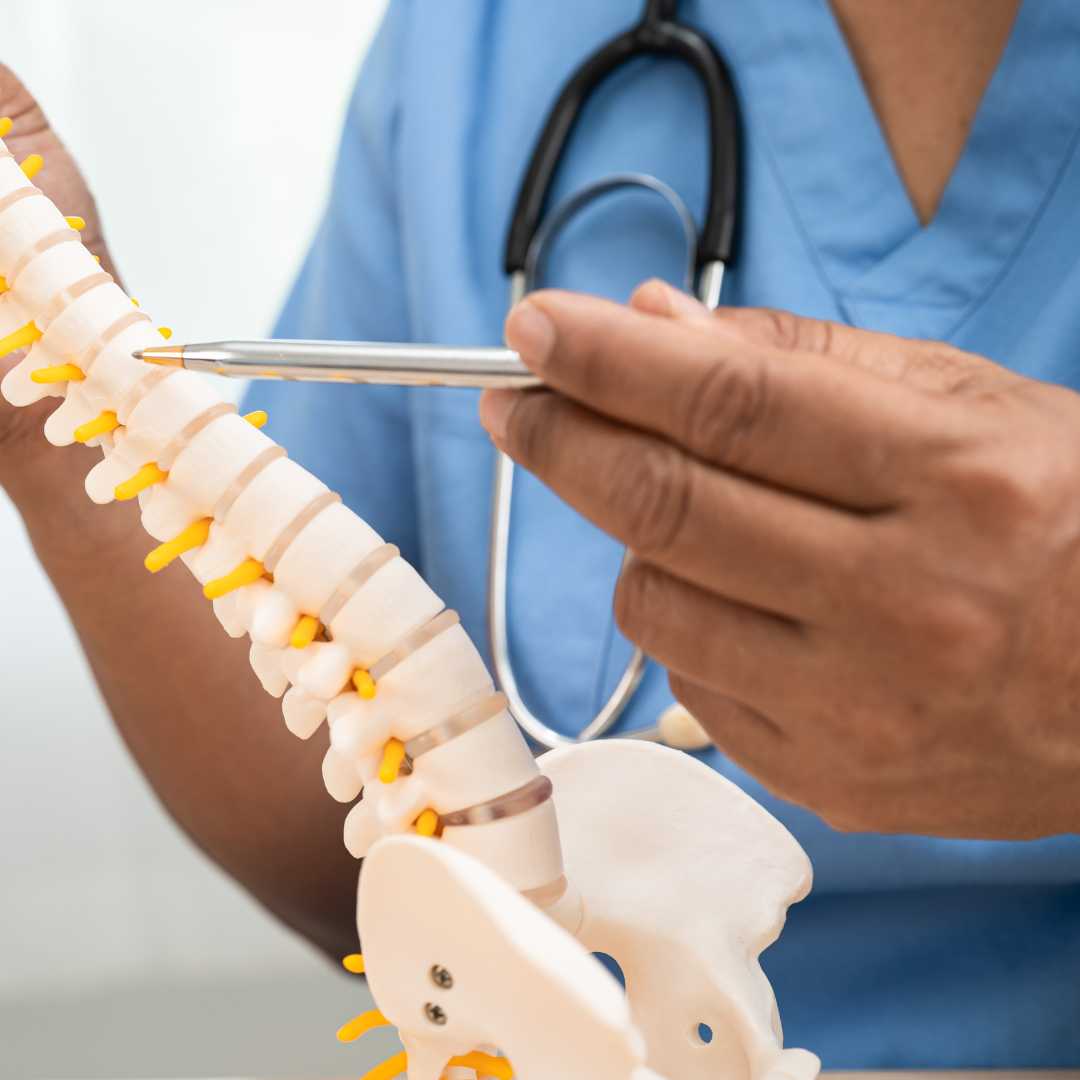Average Cost of Trigger Finger Release in Mexico
.jpg)
Experiencing the discomfort and stiffness of trigger finger can be incredibly frustrating, impacting your daily activities and quality of life. Many individuals worldwide seek effective solutions to alleviate this condition, and for those in North America, Mexico has emerged as a popular and often more affordable destination for medical procedures like trigger finger release surgery.
This option not only promises relief from symptoms but also presents a compelling financial alternative, drawing people across borders in pursuit of accessible, high-quality healthcare.
If you're considering surgery to address your trigger finger, understanding the costs involved and what to expect is crucial. This detailed guide aims to shed light on everything you need to know about trigger finger release surgery in Mexico, from the typical expenses and factors that influence pricing to the safety and quality of care you can anticipate.
We'll explore why Mexico is a viable choice for many patients, comparing costs to other countries and providing practical advice to help you make an informed decision about your treatment journey. Let's dive into the specifics of finding relief for your trigger finger without breaking the bank.
What is the average cost of trigger finger release surgery in Mexico?
The cost for trigger finger release surgery in Mexico presents a significant advantage for many patients, often being a fraction of the price found in the United States or Canada. While specific prices can vary, this range provides a good estimate for budgeting your medical trip.
The lower costs are primarily due to several factors, including reduced overhead expenses for clinics and hospitals, lower malpractice insurance rates, and a generally lower cost of living in Mexico, which translates to more accessible pricing for medical services.
Patients often find that even when factoring in travel and accommodation expenses, the overall cost of trigger finger surgery in Mexico remains substantially lower than pursuing the same procedure domestically. This economic benefit allows more people to access necessary treatment without facing immense financial strain, ensuring that relief from trigger finger is within reach for a broader population.
What factors influence the total cost of trigger finger surgery in Mexico?
Understanding the variables that can affect the final price is important for planning your trigger finger release surgery in Mexico. The choice of clinic plays a role; highly accredited facilities with advanced technology might have slightly higher fees.
Similarly, a surgeon with extensive experience and a stellar reputation may command a higher professional fee. Location within Mexico also matters; major medical tourism hubs like Tijuana, Cancun, or Guadalajara might offer competitive pricing due to higher patient volume, but costs can still vary between cities.
Additionally, the type of anesthesia used (local vs. general), the extent of pre-operative diagnostics (such as X-rays or consultations), and the inclusion of post-operative care and follow-up appointments in the package can all impact the overall expense. Always ask for a detailed breakdown of costs to understand exactly what is included in your quoted price for trigger finger surgery.
How does the cost of trigger finger surgery in Mexico compare to the United States or Canada?
The financial disparity for trigger finger release surgery between Mexico and its northern neighbors is one of the primary drivers for medical tourism. In the United States, a simple trigger finger release can easily cost anywhere from $3,000 to $6,000 USD, and sometimes even higher, especially when factoring in facility fees, anesthesia, and surgeon's fees. Canadian prices are also substantial, though often covered by public healthcare, private options can still be costly with long wait times.
The stark contrast in pricing makes Mexico an attractive destination for individuals seeking prompt and affordable medical care. Patients can often save thousands of dollars, allowing them to allocate funds towards travel, accommodation, or other personal expenses without compromising on the quality of care. This cost-effectiveness is a key advantage for those considering trigger finger surgery in Mexico.
| Location | Estimated Cost (USD) | Notes |
|---|---|---|
| Mexico | $800 - $2,500 | Includes surgeon's fee, anesthesia, facility. |
| United States | $3,000 - $6,000+ | Highly variable, often higher in major cities. |
| Canada (Private) | $2,500 - $5,000+ | If not covered by provincial health plans or for quicker access. |
What is typically included in the cost of trigger finger release surgery in Mexico?
When you receive a quote for trigger finger surgery in Mexico, it's essential to understand the components of that price. Most comprehensive packages will cover the primary medical expenses directly related to the procedure. This often includes the professional fee for the orthopedic surgeon performing the trigger finger release, the cost of anesthesia and the anesthesiologist's services, and the facility or hospital fees where the surgery takes place. Sometimes, an initial pre-operative consultation and a post-operative follow-up visit are also bundled into the price.
However, it's crucial to clarify what is NOT included. Typically, costs for travel, accommodation, local transportation, meals, and any medication prescribed after the surgery are separate expenses. While some clinics might offer assistance with booking these, they are usually borne by the patient. Always ensure you have a clear, itemized quote to avoid any unexpected costs during your medical journey.
Is trigger finger release surgery in Mexico safe and effective?
The perception of safety and quality is paramount when considering medical treatment abroad. Mexico has numerous modern, well-equipped hospitals and clinics, particularly in cities that cater to medical tourism. Many of these facilities boast international accreditations, such as those from the Joint Commission International (JCI), which signifies adherence to rigorous patient safety and quality-of-care standards. Surgeons performing trigger finger release surgery often have extensive training, sometimes from top institutions in the United States or Europe, and are board-certified in their specialties.
Like any surgical procedure, trigger finger release carries some inherent risks, such as infection, nerve damage, or persistent stiffness. However, these risks are minimal, and the success rates for trigger finger surgery are very high, regardless of where the procedure is performed, provided it's done by a skilled professional in a proper medical setting. Due diligence in choosing your clinic and surgeon is key to ensuring a safe and effective outcome.
How do I choose a reputable clinic or surgeon for trigger finger surgery in Mexico?
Selecting the right medical provider is perhaps the most critical step in planning your trigger finger release surgery in Mexico. Start by looking for clinics with international accreditations or affiliations with well-known medical associations. Investigate the surgeon's qualifications: Where did they train? Are they board-certified? How much experience do they have with trigger finger release procedures? Many reputable clinics will readily provide this information.
Patient testimonials and reviews on independent platforms can offer valuable insights into other patients' experiences with the clinic and surgeon. Furthermore, clear and prompt communication from the clinic staff throughout your inquiry process is a strong indicator of professionalism. Don't hesitate to ask for a virtual consultation with the surgeon to discuss your specific condition and treatment plan directly before making a decision. Transparency and open dialogue are crucial for building trust.
What exactly is trigger finger and how is it diagnosed?
Trigger finger occurs when the sheath surrounding the tendon in the affected finger becomes inflamed and thickened. This inflammation narrows the space through which the tendon slides, making it difficult for the finger to extend smoothly. As a result, the finger may catch, lock, or pop when bent and straightened, often accompanied by pain and stiffness, especially in the morning. While it can affect any finger, it's most common in the ring finger and thumb.
Diagnosis of trigger finger is typically straightforward and performed by a medical professional through a physical examination. The doctor will ask about your symptoms and examine your hand, feeling for a tender lump in the palm at the base of the affected finger. They will also observe your finger's movement, noting any catching, locking, or inability to fully extend. Imaging tests are rarely needed for diagnosis, making the initial assessment quick and non-invasive.
What can I expect during the trigger finger release surgery procedure?
Trigger finger release surgery is a relatively minor outpatient procedure, meaning you won't need to stay overnight in the hospital. It's usually performed under local anesthesia, which numbs your hand without putting you to sleep, though some clinics may offer conscious sedation if preferred. The surgeon will make a small incision, typically less than an inch, in the palm at the base of the affected finger.
Through this incision, the surgeon will carefully cut open the constricted part of the tendon sheath (the A1 pulley) that is causing the tendon to catch. This widens the tunnel, allowing the tendon to glide freely. Once the release is confirmed, the incision is closed with a few stitches, and a small bandage is applied. The entire procedure is quick, often completed within 15 to 30 minutes, and patients can usually go home shortly afterward.
What is the recovery time after trigger finger surgery?
Immediately after trigger finger release surgery, you should experience noticeable relief from the locking and catching sensation. You'll likely have some mild pain, swelling, and tenderness at the incision site, which can be managed with over-the-counter pain relievers. Keeping your hand elevated and applying ice can help reduce swelling. You'll be encouraged to gently move your finger to prevent stiffness and promote healing.
The stitches are usually removed about 10 to 14 days after the surgery. Most patients can resume light daily activities within a few days and return to more strenuous activities, such as typing or light gripping, within two to four weeks. Full recovery, including the return of complete grip strength and resolution of all tenderness, can take several months. Physical therapy may be recommended in some cases to help restore full hand function, though it's often not strictly necessary for this particular procedure.
What are the travel and logistical considerations for medical tourism in Mexico?
Planning a medical trip to Mexico for trigger finger release surgery involves several logistical steps to ensure a smooth experience. First, ensure your passport is valid and check if you need a visa, although many nationalities can enter Mexico as tourists without one for short stays. It's highly advisable to obtain medical travel insurance, as standard health insurance policies may not cover treatments received abroad or complications that arise during travel.
Arranging your travel to and from Mexico, as well as local transportation to and from the clinic, is important. Many medical tourism providers offer assistance with these arrangements. Booking accommodation close to your chosen clinic or hospital can significantly reduce stress, especially during the immediate post-operative period.
While many medical professionals in Mexico speak English, especially in medical tourism centers, having a translation app or a local guide for general communication can be helpful. Plan for a few extra days in Mexico for pre-operative consultations and post-operative checks to allow for a relaxed recovery before traveling home.
Ready to explore your options for trigger finger release surgery in Mexico or other medical treatments? PlacidWay connects you with trusted international healthcare providers, helping you find quality and affordable solutions tailored to your needs. Visit PlacidWay today to learn more and start your journey to better health.


.png)






.png)







Share this listing